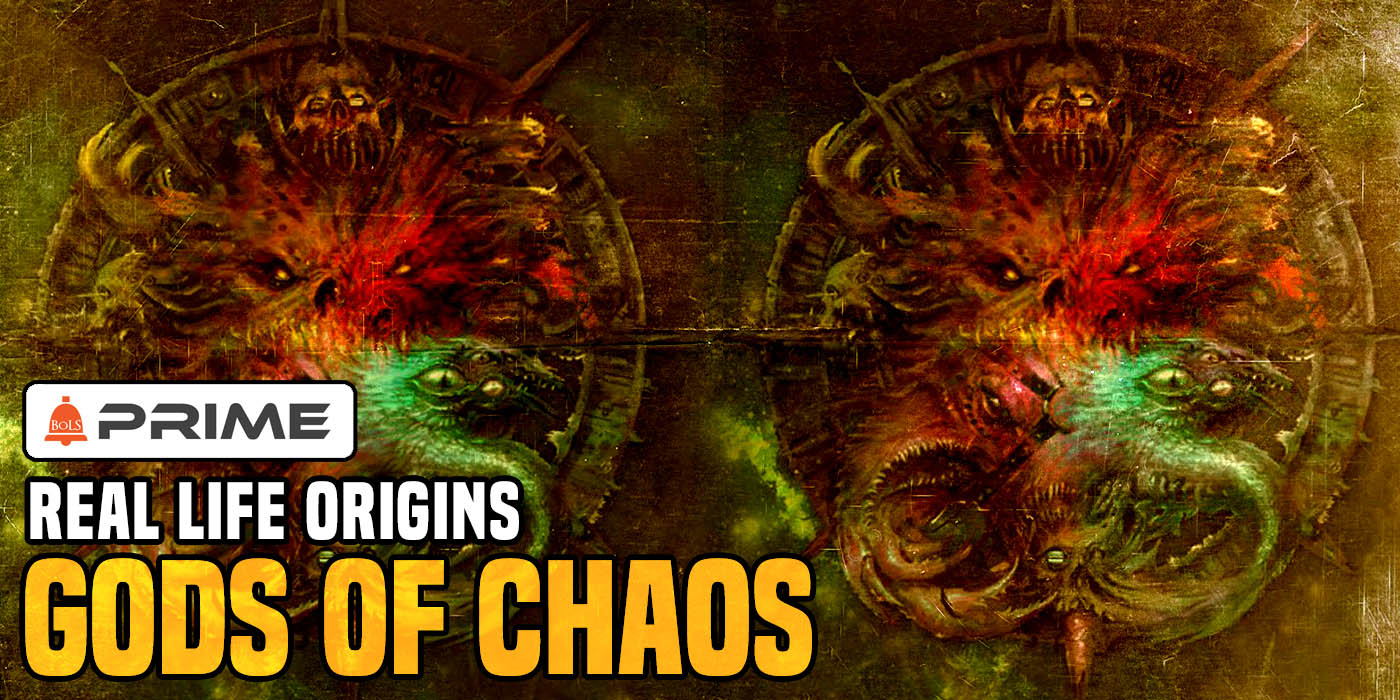Everything starts somewhere, even something that exists outside the flow of time.
Warhammer Fantasy, Warhammer 40k, and Age of Sigmar all have their fair share of antagonists and villains (in fact, some would argue there are ONLY antagonists in 40k). However, regardless of what system you're playing in, the 4 Greater Gods of Chaos are present, working across time and space to turn the universe into a blasted reflection of their own twisted realm.
As nice as it is to know that these powerful entities exist only in the world of the game, their inspiration comes from real-world belief systems, so you might not be as safe as you think. Let's explore the real-life origins of the Warhammer Chaos gods and how directly they translate into the game. Note that this will only be focused on the primary gods, so my apologies to any Malal/Malice or Horned Rat fans out there.
Nurgle
This one is probably the easiest as his name is almost a direct copy of the name of the real world Mesopotamian god Nergal, consort of Ereshkigal and god of war, pestilence, and death. He represented the inherently destructive nature of humanity, which plays well into Nurgle as a representative of the natural cycle...

